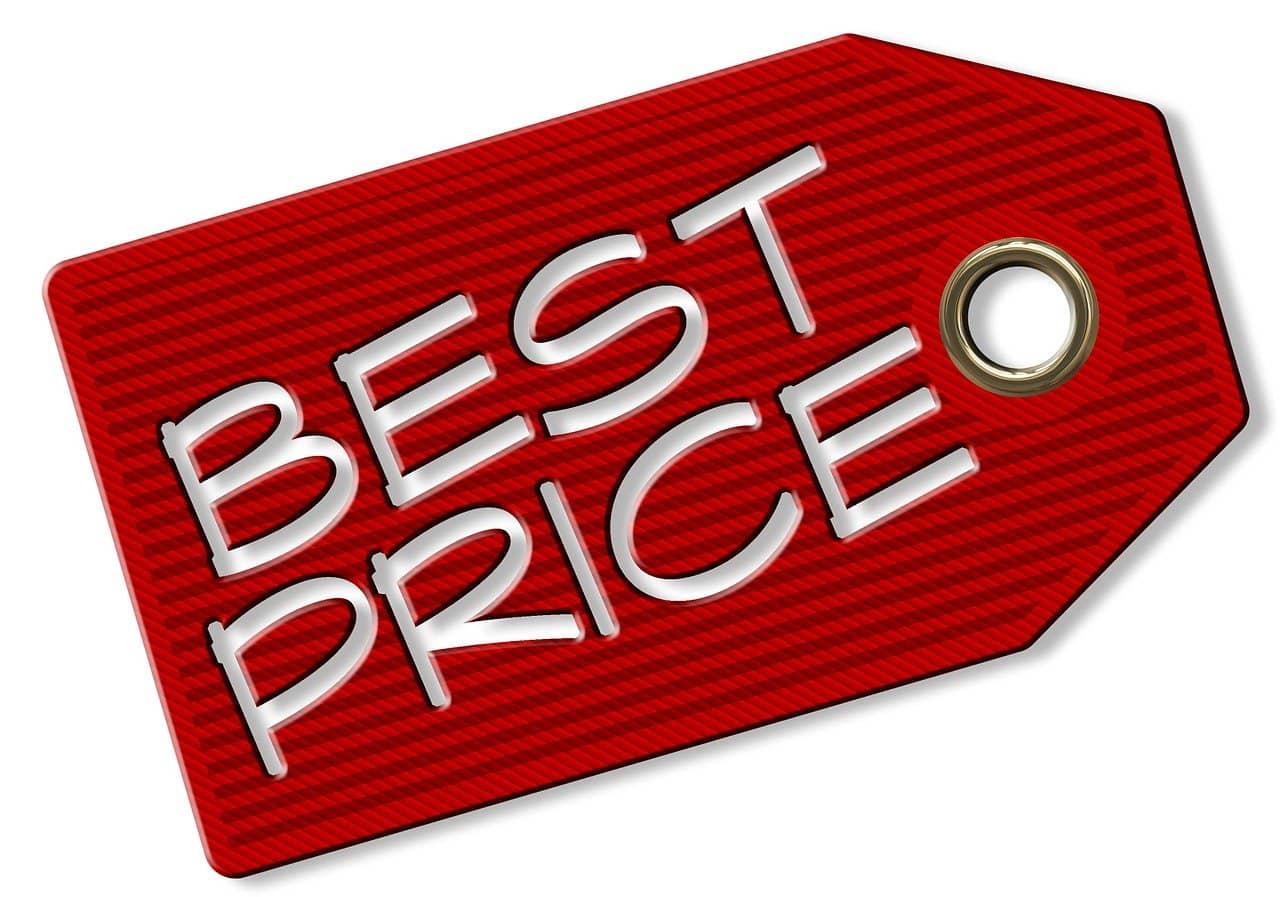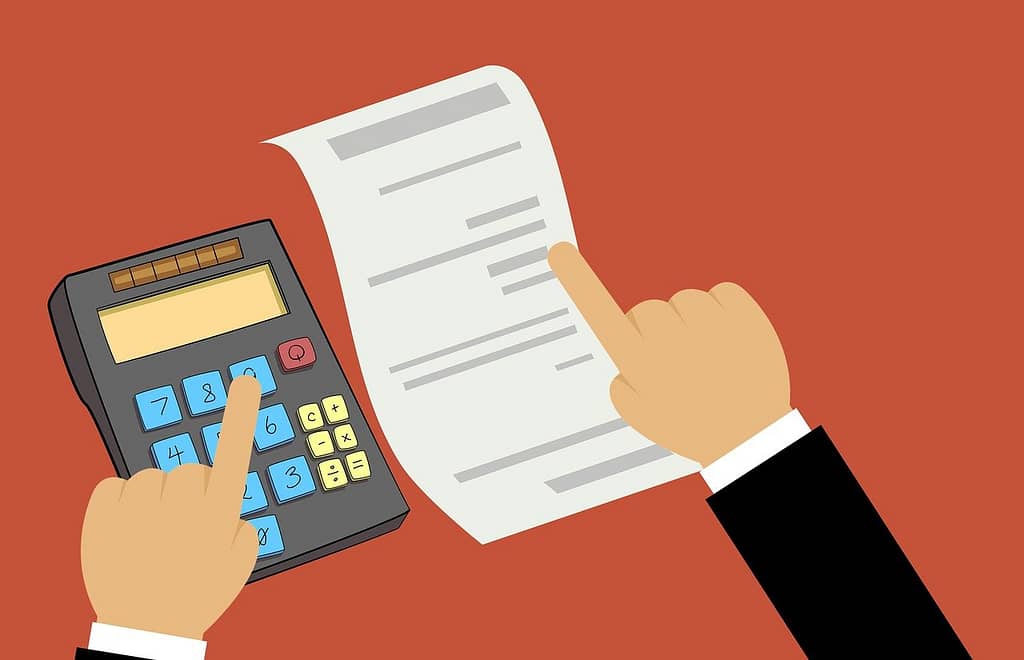Getting Your Price Right: How to Price Your Stuff for South African Customers (2025)

Figuring out how much to charge for your products or services feels like walking a tightrope, doesn’t it? Price too high, and customers might walk away. Price too low, and you could be working hard for very little profit. This balancing act gets even trickier when you’re selling in South Africa.
Why? Because South Africa is unique. What works for pricing in Europe or the US often doesn’t quite fit here. Sticking to old formulas or just guessing your price in 2025 probably won’t cut it.
So, how do you nail your pricing for the South African market? This guide is here to help. We’ll break down what makes South Africa different, what you absolutely need to think about before setting a price, and some smart ways to approach it all. Let’s make pricing less of a headache and more of a smart business move.
Why South Africa Needs Its Own Pricing Game Plan
You can’t just treat South Africa like one single market. Here’s why you need a specific approach:

- People Have Different Budgets: Let’s be real – there’s a big gap between high earners and those struggling to get by. Your price needs to make sense for the specific group you’re trying to reach. Plus, things like rising living costs (inflation!) in 2025 mean people are watching their wallets closely.
- Value Matters, Big Time: South Africans are smart shoppers. They want a good deal, but they also look at quality, brand trust, and how easy it is to buy or get help later. Just being cheap isn’t always enough – you need to show them why your product or service is worth the price.
- Lots of Competition: You’ve got big local companies, global brands, and small businesses all competing for attention. Knowing what others charge is important, but you also need to figure out how to stand out.
- Where You Are Matters: Selling in busy Johannesburg is different from selling in a smaller town. Costs like getting your products delivered can change depending on location, and people might have different amounts to spend.
- The Rand Factor: If you import goods or use overseas services, the value of the South African Rand compared to other currencies (like the Dollar or Euro) can change your costs quickly. You need to keep an eye on this.
What to Think About BEFORE You Set Your Price (2025 Checklist)
Okay, before you even think about a price tag, get clear on these things:
- Know Your REAL Costs: This is super important! Add up everything it takes to get your product or service to the customer:
- Making it or buying it.
- Getting it into South Africa (shipping, taxes if it’s from overseas).
- Storing it and delivering it within SA.
- Your everyday running costs (rent, salaries, internet, marketing).
- Don’t forget VAT (if you need to charge it).
- Any bank fees or loan interest.
- Seriously, track every cent. If you miss costs, you might lose money without realizing it.
- Check Out the Competition:
- Who else is selling similar things to your target customers?
- What are they charging? What features or service do they offer for that price?
- Use this as a guide, not a rulebook. You don’t have to copy them.
- Really Understand Your Customer:
- Who are you trying to sell to? (Think age, where they live, what they do, how much they earn).
- How much can they realistically afford? How sensitive are they to price changes?
- What’s most important to them? Is it the lowest price, the best quality, convenience, or feeling good about the brand?
- Talk to your customers, run surveys, look at who’s already buying – get to know them!
- What Makes You Special? (Your Value):
- Why should someone choose you over the competition? Is your quality amazing? Do you have unique features? Is your customer service legendary? Is your brand cool?
- Does your target customer actually care about that special thing you offer?
- If people see real value in what you offer, they might be willing to pay a bit more.
- Keep an Eye on the Economy (2025 Update):
- Pay attention to the news about inflation (rising prices) and the Rand’s exchange rate.
- Think about how these bigger trends might affect your costs and your customers’ spending power.
- It’s smart to have a little wiggle room in your pricing if things change.
- How Are You Selling?
- Selling directly to customers online? You control the price, but you handle all the marketing and shipping.
- Selling through shops or distributors? They need to make a profit too, so you need to sell it to them at a price that lets them add their markup and still be competitive on the shelf.
Smart Ways to Price Your Stuff in South Africa
Got all that info? Great! Now you can think about how to actually set your price. Here are a few common methods and how they might work in SA:

- Cost + Markup: Figure out your cost, add a percentage on top for profit.
- In SA: Simple, makes sure you cover costs. But it ignores what customers are willing to pay or what competitors charge. You might end up too expensive or too cheap without knowing it. Okay as a starting point.
- Value Pricing: Price based on how much value your customer gets from your product/service.
- In SA: Brilliant if you offer something genuinely better or unique and can explain why. Needs good customer understanding. Works well for strong brands or specialized services where price isn’t the only thing people care about.
- Competitor Pricing: Look at what competitors charge and price similarly, slightly lower, or slightly higher.
- In SA: Very common, especially for things where lots of businesses sell similar stuff. If you use this, you must find other ways to stand out (better service, quality, etc.).
- Penetration Pricing: Start with a super low price to grab attention and market share quickly.
- In SA: Can work to get your foot in the door, especially if people are price-sensitive. But, you need a plan to raise prices later without losing all your customers. Make sure you can handle the initial low profit.
- Psychological Pricing: Using prices like R99.99 instead of R100.00.
- In SA: Widely used and can make prices seem lower than they are. Simple trick, but it works! Also includes things like showing a “discounted” price next to a higher original price.
- Bundling: Selling several products or services together for a single, often slightly discounted, price.
- In SA: Good way to increase the average sale amount and offer perceived value. Think “combo deals” or “starter kits.”
Wrapping It Up: Finding Your Sweet Spot
Pricing for the South African market in 2025 isn’t about finding a magic number. It’s about doing your homework. Know your costs inside out, understand who your customers are and what they value, see what your competition is up to, and be aware of the bigger economic picture.
Choose a pricing strategy (or a mix of them) that fits your business, your product, and your customers. Don’t be afraid to test things out (carefully!) and adjust as you learn. Get the pricing right, and you’ll be well on your way to building a thriving business in South Africa.